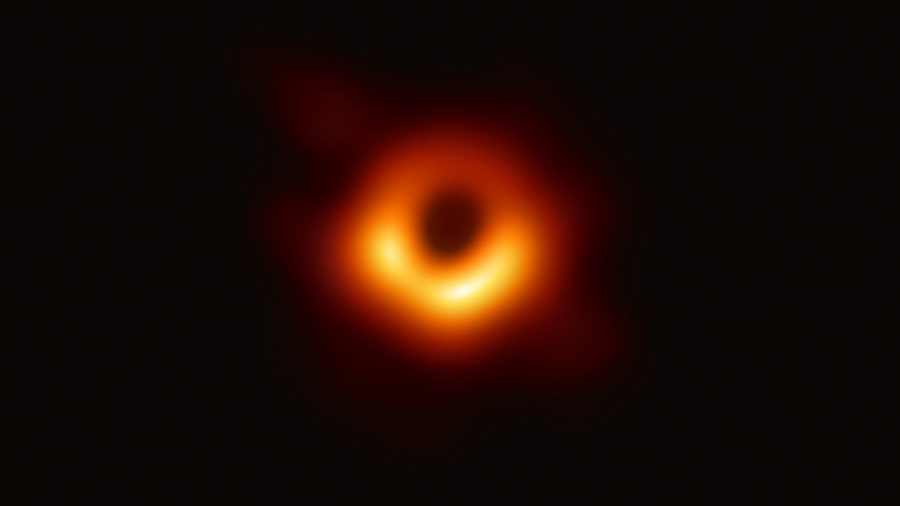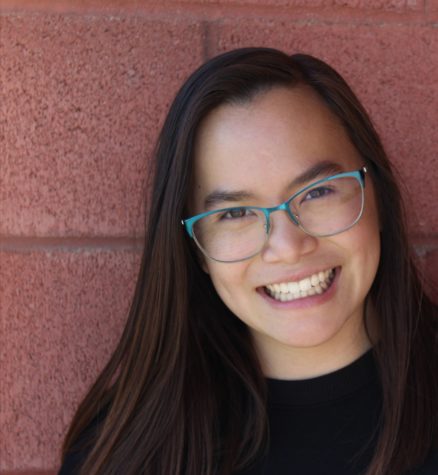The Capture of the Black Hole
https://news.harvard.edu/gazette/story/2019/04/harvard-scientists-lead-team-revealing-black-hole/
April 22, 2019
On April 10th, eight telescopes together called the Event Horizon Telescope managed to capture what a black hole visually looks like, as depicted in the above image. For decades, scientists had been theorizing and conceptualizing about the existence of black holes, but before this moment, there was no visual evidence of their existence.
The black hole is in the center of a galaxy called Messier 87. Earth is over 55 million light-years away from the entity, and it’s a good thing that we are – black holes have a massively strong gravitational force that will pull in any form of matter. Within the picture, one can see that the black hole appears to look like a ring and has a massive shadow as a result of the bending of gravity.
Involved in the project, Katie Bouman was one of the first to lay eyes on the black hole. However, harassment and denial of her contributions quickly rose within the internet, with some claiming that this was due to her being a woman. Others combated this criticism by cheering on Bouman as a woman in science. One of her supporters includes Alexandria Osario-Cortez, a New York Congresswomen, who tweeted “Take your rightful seat in history, Dr. Bouman!”.
Despite the worldwide excitement over the discovery, a name has not been officially given. Larry Kimura, a language professor at the University of Hawaii, suggested that it should be called Pōwehi. In Hawaiian, this means “embellished, fathomless dark creation,” according to US News. As Hawaii hosts a telescope that helped form the image of the celestial body, it is justifiable for the name to be Hawaiian.
Leaders of the project reportedly believe that a video of the black hole ‘consuming’ matter will become available. One leader, Shep Doeleman of Harvard University, proclaimed that as more telescopes join the Event Horizon Telescope, the details should increase and movies will become possible.
A massive advancement in the science world, it is likely that this achievement will soon be found within the pages of history textbooks, being taught to students for generations to come.












